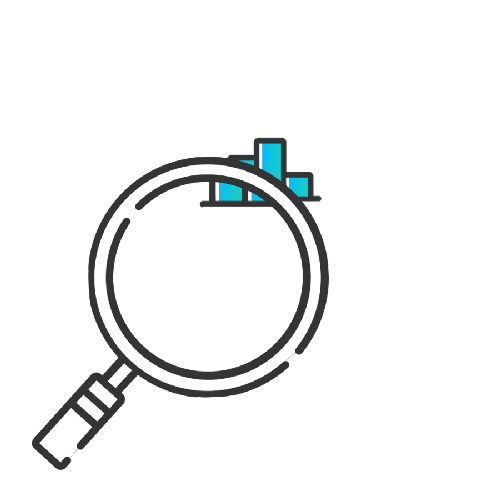Error message title

Error message title
Searching great energy plans for you
Electricity tariffs explained
Tariffs can be tricky to understand, especially as there is more than one type to get your head around. We’ve created a quick guide that answers some of the most common questions.
What is a tariff?
A tariff is the price you pay for the energy you consume. Tariffs will vary depending on where you live, your energy distributor^, the type of meter you have and the type of tariff itself.
There are four main tariff types for electricity:
1. Single rate tariff
Single-rate tariffs have no peak or off-peak periods. You’ll pay the same rate no matter what time of day your household consumes energy.
If you’re home most in the evenings (peak) and use your appliances mainly during this period, a single rate tariff could be a good option for you.
Single-rate tariffs can also be known as flat rates or standard rates.
2. Time of use tariffs
A time-of-use tariff means that the rate you pay differs depending on the time of day the energy is used. These times include:
Peak
Rates usually apply in the late afternoon and evening on Monday to Friday, when electricity demand and costs are highest.
Shoulder
Shoulder rates usually apply between peak and off-peak periods and cost less than peak rates.
Off-peak
Rates apply outside the time of use periods listed above and are when electricity demand is at its lowest and cheapest, for example, overnight.
A time-of-use tariff is common if you have a fully communicating smart meter installed at your premises and can be used with additional services like solar panels and a battery.
3. Controlled load tariffs
Controlled load tariffs apply for some fixed appliances, such as an electric hot water system and slab or underfloor heating that run overnight or during off-peak periods. The distributor will charge these appliances separately, which often have their own meter.
Controlled loads work when your energy distributor^ reduces energy flow to these appliances at peak times, easing pressure on the network and resulting in lower rates.
To break this down further:
- A Controlled Load 1 is for electricity, usually available for a set number of hours each day. For example – within the Ausgrid^ distribution network - this is a 6-hour period between 10 pm and 7 am.
- A Controlled Load 2 is for electricity usually split into two daily periods. For example – within the Ausgrid^ distribution network – more than 6 hours between 8 pm and 7 am and more than 4 hours between 7 am and 5 pm.
- Controlled load tariff times can differ across distribution areas depending on your location.
4. Demand tariffs
Demand tariffs have been designed by energy distributors^ to encourage households and businesses to use less electricity during peak demand times when there is more pressure on the electricity grid. This means that your bill charges are influenced by how much energy you use overall and by the highest power ‘demand’ you put on the electricity network.
Your demand will increase if you turn on several power-hungry devices within 30 minutes during peak time. And if you’re on a demand tariff energy plan, so will your charges.
Learn more about demand tariffs here.
Solar feed-in tariffs
The tariffs mentioned above are consumption (energy used) tariffs and will differ from solar (generation) tariffs.
You can read more about our solar FiTs and rates here.
Choosing the right tariff
Your energy distributor will initially set your tariff.^ Choosing the right tariff could help reduce what you pay for your energy; however, this will depend on your current circumstances and the type of meter you have:
- Basic meter
- Standard peak tariff will apply.
- Digital meter (non-communicating smart meter).
- You may be eligible for a peak and off-peak tariff. If you also need a controlled load, this will generally be a separate meter within your meter box.
- Smart meter (fully communicating)
- You may be eligible for peak, off-peak and controlled load tariffs. All are charged separately based on the time used or as a single time-of-use tariff, which is more common and reflects the actual time you have used the energy and applicable tariff charge for the period.
Your tariff may change if you upgrade your meter, move your existing meter, install solar panels or add an appliance that needs its controlled load tariff, such as a pool pump or underfloor heating.
You can read more on the different types of meters in our here.
Looking for further information?
ENGIE’s Help Centre may have the answers. Here are some quick links to popular questions.
- Search your current rates (by postcode and energy plan)
- Moving, connections and metering
- Solar made simple
- How to read my bill
- Managing your account and energy plan
^If you don’t know who your energy distributor is, check the Get in Touch section in the top right-hand corner of page 1 of your ENGIE bill.
Didn’t find what you were looking for?
Enter your search topic here
